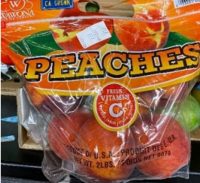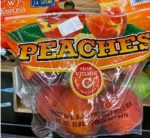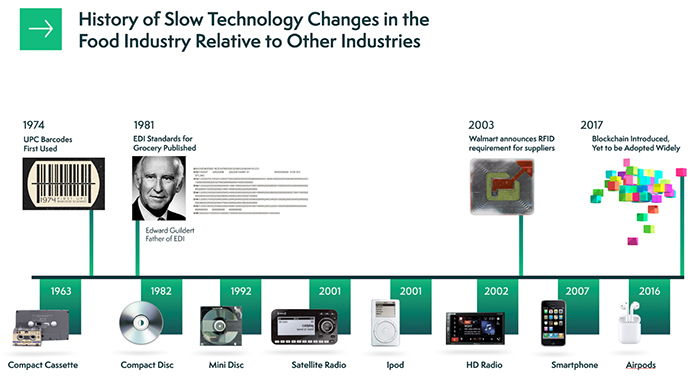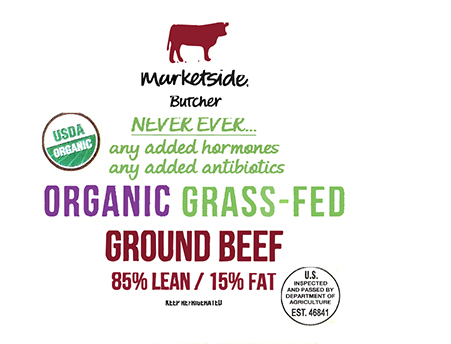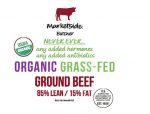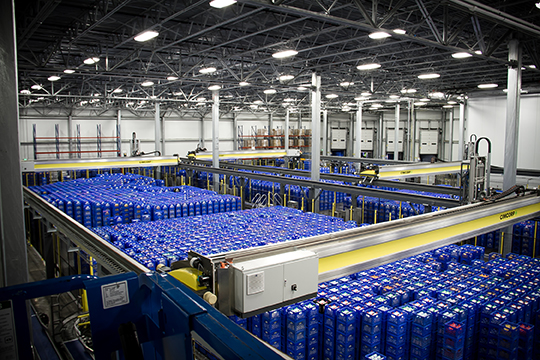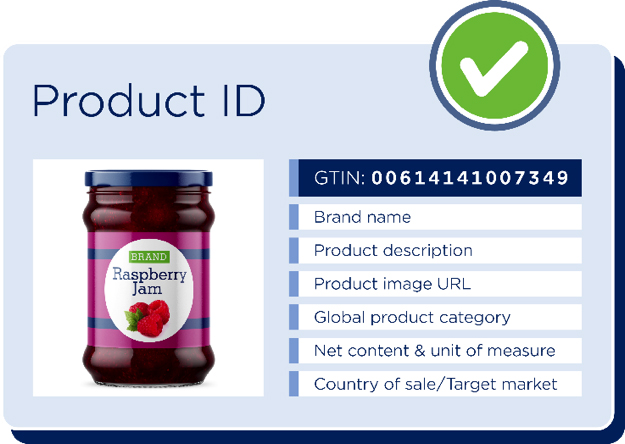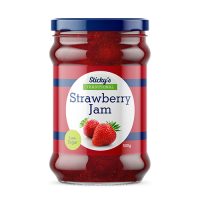The global supply chain is changing. The fast-moving supply chains that power many of the world’s top businesses are being transformed before our very eyes, as companies all over the globe compete to beat their competitors through digitalization.
What we’re now seeing is the emergence of a digital supply chain, with processes powered by innovative and exciting new ideas turned into software.
As we look ahead to the coming months and years, we can expect to see incredible changes affecting the supply chains of all manner of businesses. In fact, we’d go so far as to say that any business that’s serious about competing on the global stage will have no choice but to embrace these innovations and go digital.
So, what exactly can we expect to see from the digital supply chain in the near future, and how might these changes affect fast-moving consumer goods?
Advanced Analytics
The potential of analytics is incredible, particularly when you look at supply chains.
Recent years have seen data rise to the forefront of many business leaders’ concerns. Increasing numbers of companies have started to pick up on the impact that informative data can have on their strategies, and ultimately their chances of ongoing success in the marketplace.
The supply chain is no exception to this rule. As the power of analytical software improves, businesses will be clamoring to gain access to, and make use of, the huge amount of data that’s now available.
We’re likely to see those managing data put under increasing amounts of pressure to use that data effectively, helping to inform decisions that impact supply chain processes and limit wastage. This data will also be invaluable in determining the real impact of critical supply chain decisions and informing future strategies.
The Emergence of AI
AI is the next big thing in business, and it’s set to transform the way the digital supply chain works. Artificial intelligence is now emerging as a hugely powerful tool, capable of helping businesses to make the right decisions for their supply chains.
As the potential of AI improves, we can expect to see its impact felt more widely throughout global supply chains. Look out for AI being used to inform businesses on changing customer preferences, disruptions in supply chains, increasing costs and other obstacles to product delivery. Artificial intelligence will predict future problems before they occur, giving business owners plenty of time to steer clear of potential pitfalls and keep things moving.
AI will also prove invaluable when it comes to anticipating the purchasing habits of existing customers and establishing the value of new leads and potential purchasers. If used effectively, this information could have a dramatic impact on the success of a wide range of different businesses—particularly those focused on fast-moving consumer goods.
Automation of Supply Chain Tasks
Automation itself isn’t a new idea, but the way it’s being used in digital supply chains is.
In the coming months and years, we’re likely to see automation transform the way supply chains work. The automation of processes will help businesses to cut costs, improve efficiency and eliminate any skills gaps by which they may be affected.
Supply chain tasks are being automated with the help of something called robotic process automation, or RPA. This form of automation is even smarter than traditional automated processes.
Informed by software bots or AI, RPA is a significant step forward in the world of digital supply chains. It’s highly scalable, incredibly effective and, importantly, it’s been proven to be hugely reliable. So, even businesses dedicated to the very highest standards of quality are now beginning to automate processes using RPA.
Climate Change Challenges
Climate change continues to be a hot topic in the news, and supply chains are likely to feel the impact of these concerns.
Consumers’ purchasing habits are increasingly led by environmental considerations. It’s therefore important that companies consider the environmental impact of their supply chain processes and provide visibility on these, for those who have an interest.
It’s expected that issues surrounding sustainability will become ever more critical in the future. Inevitably, supply chains will be impacted. Companies making use of digitalization will be best placed to prepare for the challenges of sustainability, reducing waste and making speedy adjustments to their processes as and when required.
A Shift in Transportation
The digitalization of supply chain processes has given ecommerce companies and online retailers the edge over traditional high street retailers. And this has led to a shift towards online shopping, which shows no sign of waning. As we continue into 2020 and beyond, we can expect to see more and more consumers choosing to shop online, and that’s going to have a knock-on effect on the transportation of goods.
Experts are predicting a transportation crunch, when demand begins to outstrip the availability of transport for online goods. This is likely to lead to a shift in how goods are transported, which could well align with changes to logistics designed to improve sustainability and reduce the carbon footprint of products.
Changes in Trade Agreements
Changes in trade agreements between many of the world’s leading economies are likely to impact supply chains in the future. With Brexit looming and trade issues between the United States and China continuing, it’s important that companies remain aware of how political decisions might affect the way they work.
Digital supply chains provide enhanced flexibility for companies, enabling organizations to quickly adapt to changes that could be outside of their control. So, companies that continue to provide a fast and reliable service despite changing trade agreements could well gain an edge over less efficient competitors as time goes on.
Companies making full use of digitalization will be best placed to make the most of new opportunities, and avoid supply chain disruption as a result of changing trade agreements.
Security Concerns
While businesses are beginning to realize the potential of the data that’s now available to them, consumers too are opening their eyes to the data that they share with the world. And this increased awareness has led to consumers being newly concerned about the data they reveal, and how secure that data is once it’s been shared.
Companies looking to make full use of the digitalization of supply chain processes will be incredibly reliant on data to maximize their efficiency. For this reason, it will be vital that companies establish trust with their existing customers and new prospects.
Security measures should therefore be top of the agenda for forward-thinking businesses. Companies that fall foul of security breaches and data losses are unlikely to be trusted with consumers’ data going forward, and this could have a detrimental impact on the efficiency of their digital supply chains in the future.
Digitalization is sweeping through the supply chains of companies all over the planet, and its potential is mind boggling. The automation of supply chain processes has already transformed the way supply chains are managed, massively increasing the speed and efficiency of a huge number of different companies.
In the future, we’re likely to see further improvements to digital supply chains, as companies begin to make better use of artificial intelligence and robotics. Look out for supply chains managed by AI-powered software and RPA, and get ready for astounding productivity from early adopters of these exciting new technologies.
